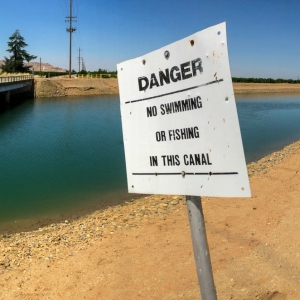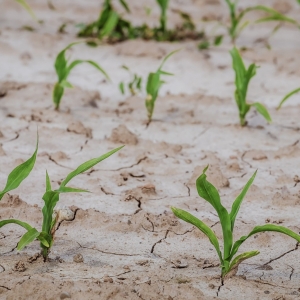The Stream, August 16, 2019: Microplastics Reach Remote Arctic Waters
The Global Rundown
Microplastics are found in remote Arctic ice. A UN report finds that some families in the “Dry Corridor” of Central America plan to migrate due to drought. Newark, New Jersey, halts bottled water distribution after some bottles are found to be expired. Warmer winters are altering the composition of the Black Sea, scientists find. The Mississippi River drops below 11 feet (3.4 meters) after nearly 300 days, but still poses a flooding threat.
“When we look at it up close and we see that it’s all very, very visibly contaminated when you look at it with the right tools — it felt a little bit like a punch in the gut.” –Jacob Strock, a researcher at the University of Rhode Island, in reference to microplastics found in ice cores from the Arctic. Scientists say an “abundance” of plastic has reached the most remote water on earth. According to UN estimates, up to 100 million tonnes of plastic have been dumped into the ocean. Reuters
Latest WaterNews from Circle of Blue
The Next Urban Water Crisis? Inadequate Data Clouds the Forecast — Risk is not only about geography, researchers say. It’s also about infrastructure, politics, wealth, and demand.
HotSpots H2O: Nine Million People in South Sudan Do Not Have Enough Food — Extreme food insecurity is affecting 9 million people in South Sudan, and thousands are at risk of famine.
By The Numbers
8 percent Proportion of families interviewed in Central America’s “Dry Corridor” that say they plan to migrate due to drought and failed crops. The “Dry Corridor” includes parts of Guatemala, El Salvador, Honduras, and Nicaragua. An estimated 1.4 million residents of the drought-stricken region are in need of food aid. Thomas Reuters Foundation
292 days Length of time that the Mississippi River has been above 11 feet (3.4 meters) in New Orleans, Louisiana, an all-time record. On Monday, the Mississippi finally receded below 11 feet, but experts say the river is still threatening levees in New Orleans, just as hurricane season begins. AP
Science, Studies, and Reports
A study of the Black Sea from 2005 to 2019 found that the warmer winters are changing the structure of the waterbody. The sea has three layers: an oxygen-free bottom layer, a cold intermediate layer, and an oxygenated top layer. The temperature of the intermediate layer has risen 0.7 degrees Celsius (1.26 degrees Fahrenheit) since 2005, and begun mixing with the other layers. The process could ultimately lead to a blending of all layers, which would have an unknown effect on marine life. Phys.org
On the Radar
Officials in Newark, New Jersey, began distributing water bottles this week after testing found that water filters in the city were failing to remove dangerous levels of lead contamination. The initiative was hampered, however, when officials discovered that some of the water had bypassed its best-by date. An investigation into the city’s lead contamination problem is ongoing. The New York Times

Kayla Ritter is a recent graduate of Michigan State University, where she studied International Relations and Teaching English to Speakers of Other Languages. She is currently based in Manton, Michigan. Kayla enjoys running, writing, and traveling. Contact Kayla Ritter






Leave a Reply
Want to join the discussion?Feel free to contribute!